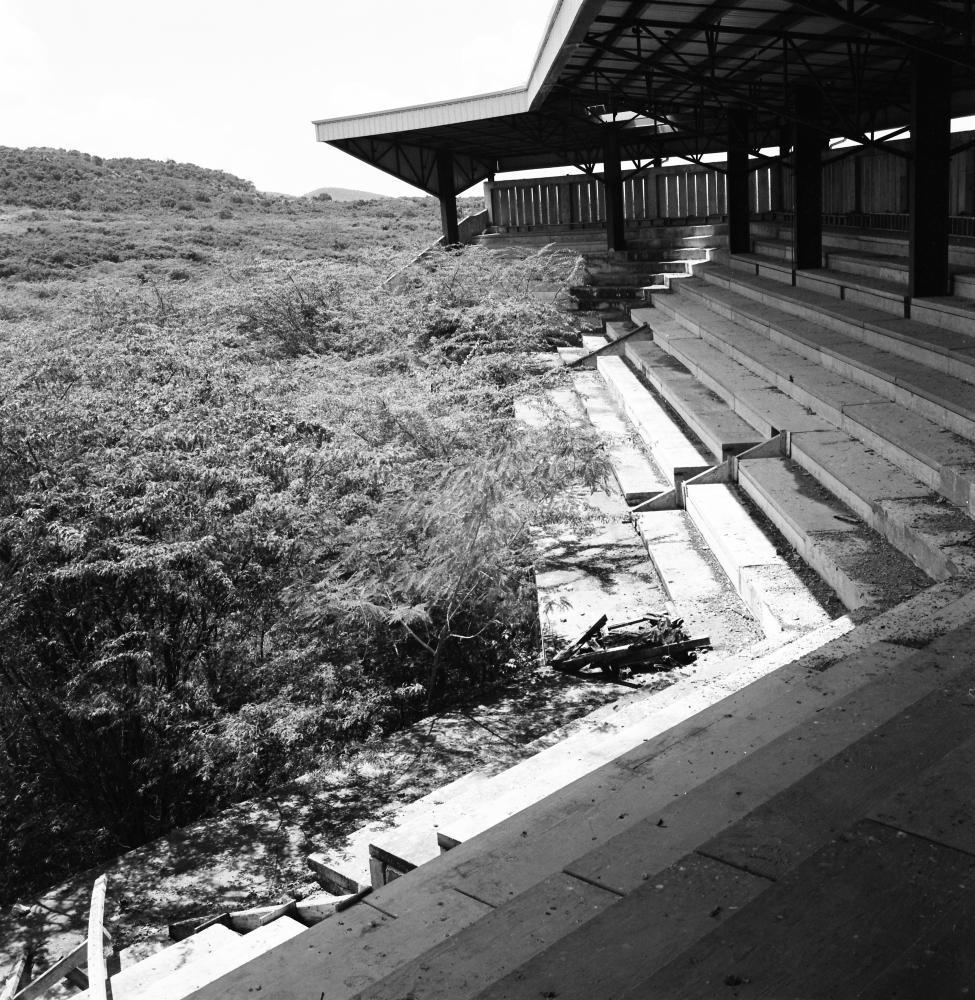An ongoing exodus has been taking place in Puerto Rico since the very beginning of the 1990s. When Hurricane María hit Puerto Rico in September of 2017 and thousands of Puerto Ricans became domestic climate refugees, many international media outlets analyzed the reasons behind this exodus and rightfully pointed out the obvious: the undergoing demographic bleeding is connected to the slow and steady collapse of the colonial economic model.
Many events have shaped the struggle of Puerto Ricans against the colonial system that has brought emigration, bankruptcy, austerity, and, now, gentrification:
- The struggle against the US Navy presence in Vieques was triggered by the accidental death of civilian David Sanes-Rodríguez in 1999. Separated by three different ideologies (i.e. statehood, status quo, and independence), Puerto Ricans embraced united - for the first time - a cause that would have a victorious yet bitter-sweet ending. The departure of the US Navy was followed by the arrival of real estate speculators that would launch a gentrification process. Development and destruction of natural beauty were on the horizon.
- For decades, the Puerto Rican government took loans in the bonds market. As a result, a colossal debt was accumulated to mask the failure of failed economic systems that left ruins across the island: the abandoned sugar cane factories on the north and eastern coast or a petrochemical complex on the southern coast. Eventually, the government declared its insolvency.
- Invoking plummeting demographics while aggressively applying austerity measures across the board, the Puerto Rican government closed over four hundred schools and dozens of government buildings that stand today in ruins. Unemployment soared.
While this man-made economic disaster was still unfolding, climate change brought additional layers of disaster. In 2017, hurricane María hit the island and destroyed its electric infrastructure leaving hundreds of thousands of Puerto Ricans without access to basic services. This triggered another exodus. Mother nature would still put Puerto Rico to the test with a series of powerful earthquakes that destroyed homes and landmark buildings across the southern coast.This project is a record of Puerto Rico that I started in 2003 and it is still ongoing. I have tried to show how the colonial exploitation imposed by the US has impacted the beautiful Puerto Rican landscape.
From deserted munitions barracks to an abandoned stadium overtaken by nature in Vieques, to the post-2008 crisis at Rio Piedras, where a lively university town was reduced to an abandoned urban landscape, with closed stores and banks and empty streets.
Puerto Rican people are no strangers to struggle. I remain optimistic and I hope this project can shed some light on the situation on the ground.




















